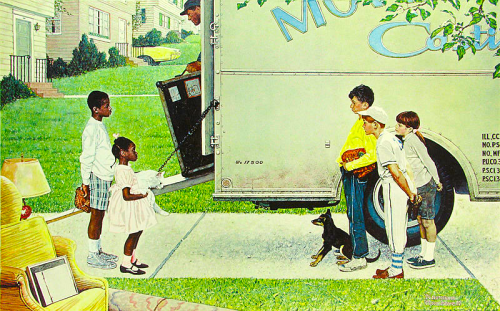Marketing in Wealth Bondage
I’m thoroughly enjoying Douglas Rushkoff’s Life, Inc.—“how the world became a corporation and how to take it back”.
The following comes from the middle of a discussion of how marketers themselves are stuck in wealth bondage, and a critique of Malcolm Gladwell:
This [current] generation of ad strategists and corporation psychologists is well aware of the 1960s advertising legends David Ogilvy and Leo Burnett, but go blank when I mention the Creel Commission, Edward Bernays, or NAM. Two generations removed from public relations’ founding fathers, they seem oblivious to the biases that were so explicitly a part of their work. They use techniques that assume the primacy of the corporation, the universal benefits of mass persausion, and the incapacity of average human beings to make decisions in their own best interest. They behave as automatically as the consumers they hope to control, promoting a corporate agenda at the expense of agency.
When push comes to shove, they quote a member of the new intelligentsia, such as the New Yorker star Malcolm Gladwell, whose books pretend to offer sociology or more, but really just promote an updated view of the stupid masses witha few marketing tips thrown in. Gladwell’s best seller, The Tipping Point portrays human society as a field of iron shavings moving unconsciously between magnetic poles. All you need to put one over on the crowd is self-confidence, magic, and a few friends…
Revealing techniques like website “stickiness” and the power of “word of mouth” to sell products, Gladwell might well have been writing an update to Vance Packard’s The Hidden Persuaders, which revealed the advertisers’ arts to the reading public for the first time back in the 1950s. But Gladwell instead appraises these techniques from the cool distance of an anthropologist. Though not a scientist himself, he sees simple, scientific adjustments to culture via technology, media, and marketing as the answer to our biggest problems. Humans will respond accordingly. It’s all just chaos math.
The book then goes on to compare Reality TV to the Stanley Milgram Prison Experiment: thoroughly engrossing.

